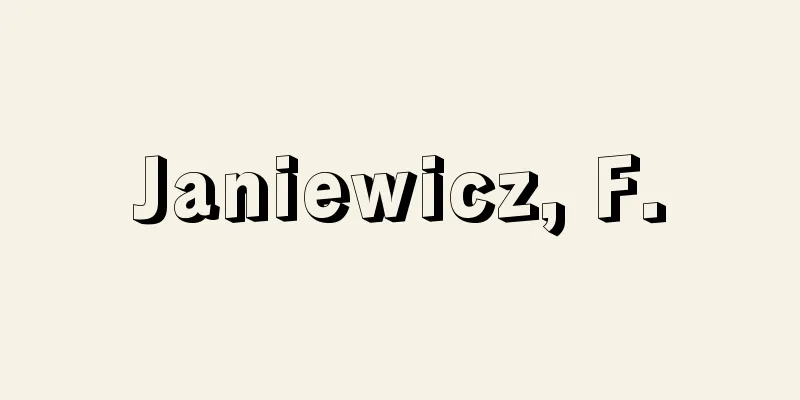Henri Pirenne

|
Belgian historian. Born in Verbier (December 23rd) and died in the suburbs of Brussels (October 24th). After graduating from the University of Liège, he studied at the Ecole des Paléographies and the Ecole des Hautes Etudes in Paris, and at the universities of Leipzig and Berlin in Germany. After returning to the United States, he taught paleography at his alma mater, then transferred to the University of Ghent, where he taught Belgian history and Western medieval history until his retirement in 1930, nurturing a group of brilliant scholars known as the Pirenne School. He was arrested during World War I for leading a civil disobedience movement against the German occupying forces and was interned in Germany, but after the war he was revered as a national hero and held important positions such as president of the University of Ghent. The greatest appeal of Pirenne's historiography, which has gained worldwide fame, is the original new theories he proposed and the stately historical descriptions he wrote based on those theories. In his seven-volume "History of Belgium" (1900-32), he attempted to explain that the origins of the national unity of his newly emerging homeland Belgium, a composite state made up of Germanic Flemish people and Latin Walloons, dates back to the Middle Ages, while in "Medieval Cities" (1927) he freed the theory of the founding of medieval cities from the tradition of German academia that placed too much emphasis on legal history, and completed a new theory of its founding that focuses on the activities of merchants from a standpoint that emphasizes the background of economic history. In his posthumous work, "Mohammed and Charlemagne" (1937), he attempted to prove a new theory that the cause of the transition from ancient times to the Middle Ages was not the migration of Germanic peoples, but the advance of Islamic forces into the Mediterranean. [Katsumi Sasaki] "The Life of the Historian Henri Pirenne" by Katsumi Sasaki (1981, Sobunsha)" ▽ "The Birth of the European World - Muhammad and Charlemagne" by Pirenne, supervised by Shiro Masuda, translated by Hiroshi Nakamura and Katsumi Sasaki (1960, Sobunsha)" ▽ "The Medieval City - An Essay on Social and Economic History" by Pirenne, translated by Katsumi Sasaki (1970, Sobunsha)" Source: Shogakukan Encyclopedia Nipponica About Encyclopedia Nipponica Information | Legend |
|
ベルギーの歴史家。ベルビエに生まれ(12月23日)、ブリュッセル郊外に没す(10月24日)。リエージュ大学卒業後パリの古文書学校、高等研究学院、ドイツのライプツィヒ、ベルリン両大学に留学する。帰国後母校で古文書学を講じたのち、ガン(ヘント)大学に転じ、1930年に退職するまでベルギー史、西洋中世史の講義を担当、ピレンヌ学派とよばれる一群の俊才を育てた。第一次世界大戦中ドイツ占領軍に対する不服従運動を指導したとして逮捕され、ドイツで抑留生活を送るが、戦後は国民の英雄と仰がれ、ガン大学学長などの要職についた。世界的名声を博したピレンヌ史学最大の魅力は、独創的新学説の提唱と、新学説に立脚する風格ある歴史の叙述とにある。『ベルギー史』全七巻(1900~32)では、新興の祖国ベルギーがゲルマン系のフラマン人とラテン系のワロン人で構成される複合国家でありながら、その国民的統一の源泉が中世にまでさかのぼることを解明しようとし、『中世都市』(1927)では、中世都市成立論を法制史偏重のドイツ学界の伝統から解放し、経済史的背景を重視する立場から、商人の活躍を中心に据えた新しい成立論を完成した。遺著『マホメットとシャルルマーニュ』(1937)では、古代から中世への転換の原因はゲルマン人の移動ではなく、イスラム勢力の地中海への進出であったとする新説を立証しようとした。 [佐々木克巳] 『佐々木克巳著『歴史家アンリ・ピレンヌの生涯』(1981・創文社)』▽『ピレンヌ著、増田四郎監修、中村宏・佐々木克巳訳『ヨーロッパ世界の誕生――マホメットとシャルルマーニュ』(1960・創文社)』▽『ピレンヌ著、佐々木克巳訳『中世都市――社会経済史的試論』(1970・創文社)』 出典 小学館 日本大百科全書(ニッポニカ)日本大百科全書(ニッポニカ)について 情報 | 凡例 |
<<: Hiro - Hiro (English spelling) Hilo
Recommend
Tilak - Tilak (English spelling) Bāl Gangādhar Tilak
Indian thinker and independence movement leader. ...
Quiñones de Benavente, L.
…Calderón's followers included Moreto and Roj...
The Worcester Chronicles
…The original was compiled in the late 9th centur...
hypochondria
…It is also called hypochondria. The Greek word h...
Slag cement
…Used for large block concrete such as dams and g...
Random walk
It is also called a random walk or a drunken walk....
The three major discriminations - Sandaisabetsu (English spelling)
In modern China, this refers to the discrimination...
Seigo Nakano
Politician. Born in Fukuoka City on February 12, ...
Confidentiality - shuhigimu
Obligation to maintain confidentiality. In additi...
Aracha - Aracha
This tea is made by simply heating freshly picked ...
Phrenic nerve
A branch of the cervical plexus that controls the ...
native law
…There is no basis for the argument that “primiti...
Great Britain - Great Britain
A British merchant ship that was the first ocean-g...
Internal Organs - Naizou
It refers to an organ that is in a body cavity an...
Carbohydrates - glucide
A general term for substances whose main componen...









